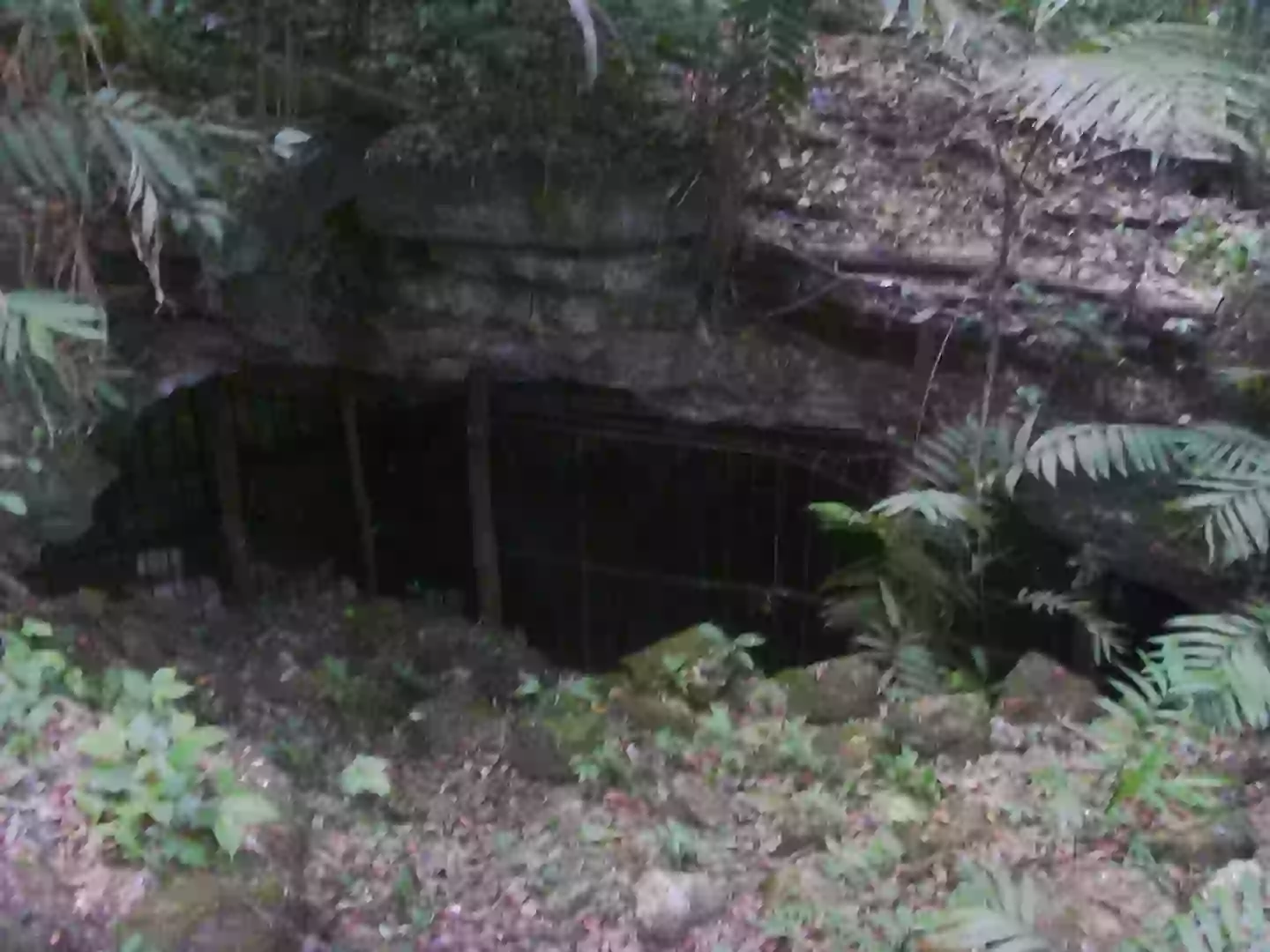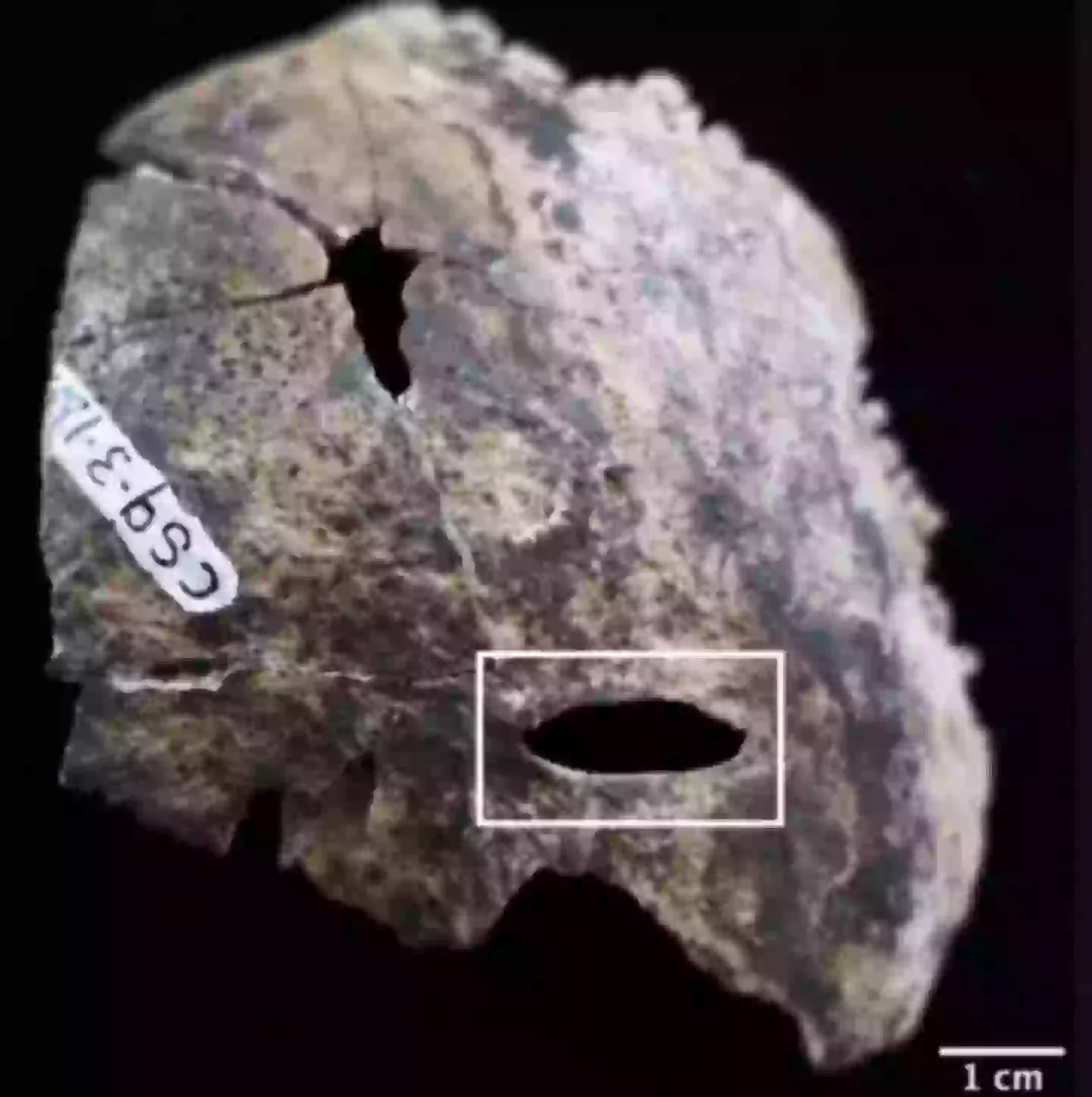Inside the Mayan ‘Blood Cave’: Unearthing Secrets That Could Rewrite History
Ever wonder what lurks beneath an ancient Mayan city that’s earned the ominous nickname “Blood Cave”? Well, archaeologists digging into the shadows of Dos Pilas in Guatemala have stumbled on something spine-tingling — evidence suggesting this hidden cave wasn’t just a creepy hideout but a stage for some seriously dark ritual drama from 2,000 years ago. Picture this: body parts carefully stacked like some grim jigsaw puzzle, human bones marked with sharp tool wounds, and obsidian blades hinting that this wasn’t your average ancient day out. But what were these rituals really about? Spoiler alert: It might have been a desperate plea to the rain god Chaac during tricky drought times — talk about an ancient way to weather the storm. Curious to peek deeper into this gritty slice of Mesoamerican mystique? LEARN MORE
Archaeologists researching an ancient Mayan ‘Blood Cave’ have made a chilling discovery about the rituals which may have taken place there.
Located underneath the Dos Pilas in Petén archaeological site in Guatemala, the cave – also known as Cueva de Sangre – is one of many caves in the region which have revealed further details about ancient Mesoamerican cultures.
The caves were originally discovered in the 1990s, with surveys of the area uncovering large amounts of human bones, with the condition of the remains providing us with a greater insight into ancient practices.
Dating back to 400 BC and AD 250, the caves have been linked to the Maya people, who were Indigenous to regions now part of Mexico, Guatemala, Belize, Honduras and El Salvador.
Perhaps the most interesting part of the discovery is the condition of the bones, which show evidence of traumatic injuries and suggest the cave was used for ritualistic killing around 2000 years ago.

An entrance to one of the caves at the archaeological site (Wikimedia Commons/Noche de la pena CC BY-SA 3.0)
Recovered fragments include parts of human skulls stacked together and hip bones, with researchers noting the remains had been arranged in a specific manner.
Marks found on some of the bones also suggested that someone had used a tool similar to a hatchet at the time of death.
Obsidian weapons were also recovered in the cave alongside red ochre, providing further evidence of that ritualistic sacrifice took place.
“The emerging pattern that we’re seeing is that there are body parts and not bodies,” Michele Bleuze, a bioarchaeologist at California State University, Los Angeles explained to Live Science.
“In Maya ritual, body parts are just as valuable as the whole body.”
Although with a nickname such as ‘blood cave’ you were probably already aware the place had a pretty dark history.

Bones recovered in the cave show signs of traumatic injuries (Michele Bleuze)
This argument is backed up by Ellen Fricano, a forensic anthropologist at Western University of Health, who also examined the bones.
She explained how the location and arrangement of the fragments pointed to ritual dismemberment.
But how exactly did these ancient people die – and why were their bodies, or parts of their bodies, sacrificed?
According to the outlet, the most likely scenario is the body parts were offering to ancient gods made to appease a rain god during a drought.
This argument is backed up by the location of the cave, with researchers noting that Cueva de Sangre would only be accessible during the dry season of March and May. This would’ve been the same during Mayan times, leading the team to believe they were offerings Chaac, the Maya rain god.

















